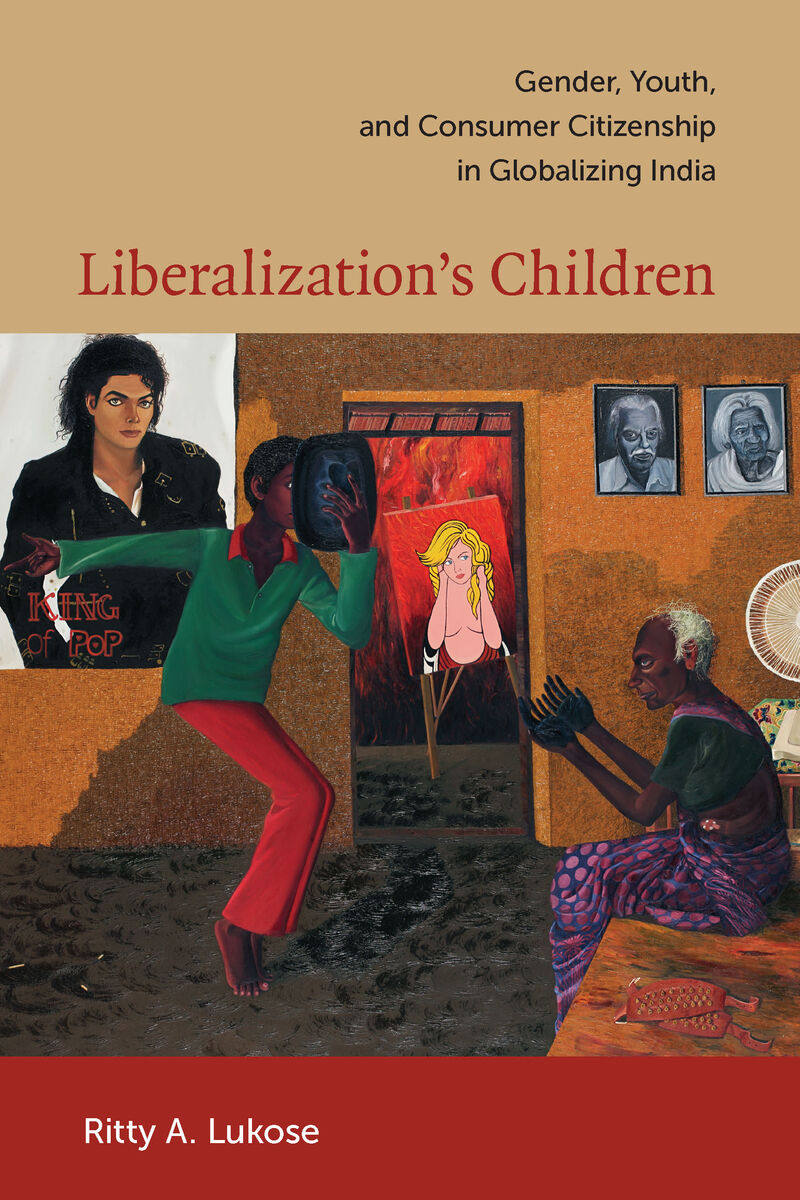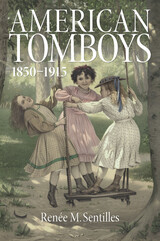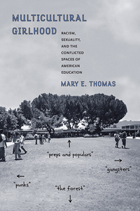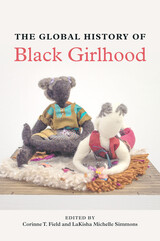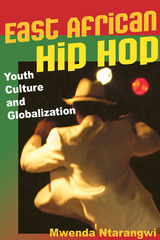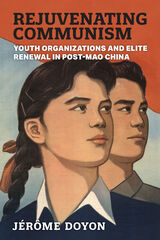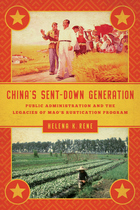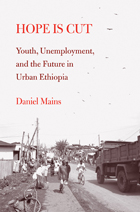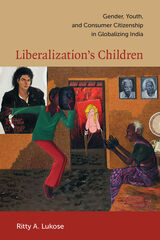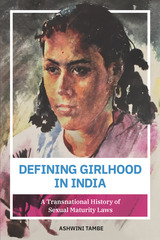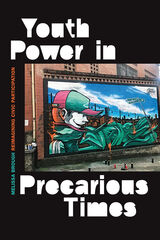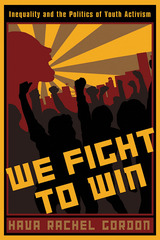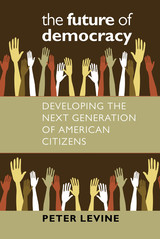“Ritty A. Lukose provides a remarkable account of the dreams and struggles of youth adults as they seek to negotiate gender, caste, and globalization in a new century. . . . The book is well written and will be welcomed by the students, teachers and others interested in anthropology, South Asian studies, and gender studies.” - Educational Book Review
“Ritty Lukose’s Liberalization’s Children is an excellent ethnographic exploration of the cultural politics of globalization in post-liberalization Kerala. . . . Liberalization’s Children offers a fascinating account of the ways in which globalized discourses and practices are enacted and resisted at the local level in Kerala. It is well-written, being clear and accessible without compromising on intellectual quality or ethnographic richness. It is a significant contribution to scholarship on globalization, gender, consumption, and India, and is particularly relevant for scholars who wish to understand globalization as local, non-dominant, or youth experience.” - Lavanya Murali Proctor, Anthropological Quarterly
“Liberalization’s Children is a well situated ethnography that beautifully illuminates the contradictions of liberalization on small town youth in a country in the global South. . . . Liberalization’s Children is an important and timely book at exactly the intersections of gender, class, culture and location that scholarship on globalization should welcome.” - Raka Ray, Contemporary Sociology
“Liberalization’s Children challenges many assumptions that often underlie the above-mentioned incomprehensibility in the context of college student life. . . . Besides the many interesting leads that the chapters of Liberalization’s Children offer, it may perhaps be of considerable interest for us to explore the contexts and experiences of these students who strive against the tide to reconstruct activism as youthful and pleasurable, to see to what extent, and in what altered sense, they may be called the children of liberalization.” - J. Devika, Seminar Magazine
“Lukose’s writing provides us with an extraordinary combination of vivid images interwoven with a reality embedded on the firm ground of undergraduate college and hostel life in a small town in Kerala. The book seeks to go beyond conventional understandings of education as that perfect transformatory space leading to social and economic development. Instead, it opens up the ways in which we can seek to examine the linkages between education and young people’s lives in a rapidly developing and changing society through an understanding of the dreams, aspirations, and everyday lives of youth.” - Meenakshi Thapan, American Ethnologist
“Ritty Lukose offers a provocative, insightful, and well-written account of the experiences of young women and men in a private, lower-caste, coeducational college in southern Kerala that truly sets the standard for ethnographic studies of globalization.” - Charis Boutieri, American Anthropologist
“Liberalization’s Children is a fascinating exploration of key contemporary issues in India with relevance for other non-Western contexts. Ritty A. Lukose investigates the formation of gendered identities in Kerala in relation to nationalist constructions of femininity and masculinity as well as the pulls of migration to West Asia and North America. Her achievement is to provide a useful mapping of the continuity with older forms of gendering alongside the disruptions caused by the developments of the 1990s. She does this by showing how the axes of difference emerging from colonial and post-colonial modernities underpin the apparently new experiences of globalization.”—Tejaswini Niranjana, author of Mobilizing India: Women, Music, and Migration between India and Trinidad
“This pioneering book expands the anthropology of a crucial part of India, a state with a complex agrarian history, an active communist movement, and remarkable achievements in literacy and social consciousness. Engaging with college-age youth in this part of the world, Ritty A. Lukose provides a remarkable account of the dreams and struggles of young adults as they seek to negotiate gender, caste, and globalization in a new century. Her book will be of great interest to students of youth cultures, education, globalization, and South Asia.”—Arjun Appadurai, author of Fear of Small Numbers: An Essay on the Geography of Anger
“Liberalization’s Children challenges many assumptions that often underlie the above-mentioned incomprehensibility in the context of college student life. . . . Besides the many interesting leads that the chapters of Liberalization’s Children offer, it may perhaps be of considerable interest for us to explore the contexts and experiences of these students who strive against the tide to reconstruct activism as youthful and pleasurable, to see to what extent, and in what altered sense, they may be called the children of liberalization.”
-- J. Devika Seminar Magazine
“Liberalization’s Children is a well situated ethnography that beautifully illuminates the contradictions of liberalization on small town youth in a country in the global South. . . . Liberalization’s Children is an important and timely book at exactly the intersections of gender, class, culture and location that scholarship on globalization should welcome.”
-- Raka Ray Contemporary Sociology
“Lukose’s writing provides us with an extraordinary combination of vivid images interwoven with a reality embedded on the firm ground of undergraduate college and hostel life in a small town in Kerala. The book seeks to go beyond conventional understandings of education as that perfect transformatory space leading to social and economic development. Instead, it opens up the ways in which we can seek to examine the linkages between education and young people’s lives in a rapidly developing and changing society through an understanding of the dreams, aspirations, and everyday lives of youth.”
-- Meenakshi Thapan American Ethnologist
“Ritty A. Lukose provides a remarkable account of the dreams and struggles of youth adults as they seek to negotiate gender, caste, and globalization in a new century. . . . The book is well written and will be welcomed by the students, teachers and others interested in anthropology, South Asian studies, and gender studies.”
-- Educational Book Review
“Ritty Lukose’s Liberalization’s Children is an excellent ethnographic exploration of the cultural politics of globalization in post-liberalization Kerala. . . . Liberalization’s Children offers a fascinating account of the ways in which globalized discourses and practices are enacted and resisted at the local level in Kerala. It is well-written, being clear and accessible without compromising on intellectual quality or ethnographic richness. It is a significant contribution to scholarship on globalization, gender, consumption, and India, and is particularly relevant for scholars who wish to understand globalization as local, non-dominant, or youth experience.”
-- Lavanya Murali Proctor Anthropological Quarterly
“While offering a detailed critical analysis of Kerala as a model in social development and a successful educational system, the book not only provides important insights into the politics of globalization (or liberalization, as it is more commonly construed in India); Lukose also presents a comprehensive tracing of the evolution of gendered identities under the influences of colonial, postcolonial, capitalist, and traditional forces. . . . The publication is a timely one and makes an important interdisciplinary contribution to research literature in fields such as educational anthropology, sociology, economics, culture studies, gender studies, political science, and international education.”
-- Amita Gupta Comparative Education Review
